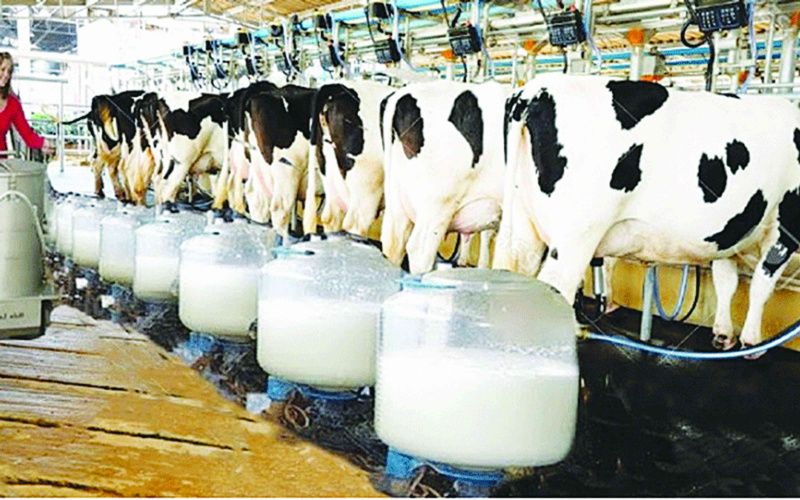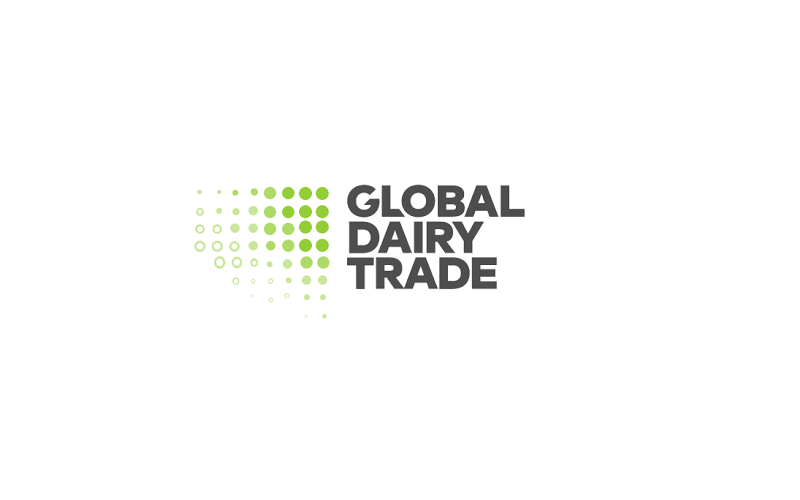Zimbabwe's Dairy Farmers Embrace Advanced Breeding Technologies

The Zimbabwe Association of Dairy Farmers (ZADF) has taken significant strides in modernizing its dairy farming practices to address the myriad challenges facing the industry. By introducing advanced breeding technologies such as artificial insemination and modern pregnancy diagnosis equipment, ZADF aims to enhance both herd growth and productivity.
Historically burdened by high production costs, erratic weather patterns, outdated infrastructure, and competitive pressures from imported products, the Zimbabwean dairy industry has faced its share of hurdles. In response, dairy farmers are modernizing and improving their farming practices and genetics to become more competitive on a regional scale.
Speaking to NewsDay Farming, ZADF's national chairperson, Edward Warambwa, emphasized the importance of these advancements in modernizing dairy farming. He highlighted ongoing efforts to adopt reproductive technologies, including artificial insemination and semen harvesting technology, which are pivotal for the sector's future.
ZADF, in collaboration with development partners, government, and private stakeholders, has initiated a breeding strategy to bolster the efforts of independent breeders and enhance dairy genetics across the nation. This strategy also promotes new entrants into the industry and supports the import of heifers to expand the national herd.
Exploration of robotic milking systems is underway to enhance efficiency in milking, quality testing, and grading. In tandem, ZADF is advocating for climate-smart management systems, including irrigation development, water harvesting, and climate-resilient breeding practices to counteract the adverse effects of climate change.
For these initiatives to succeed, Warambwa stressed the necessity of increased government support, particularly in promoting investments in alternative energy solutions like solar grid systems and biogas through tax incentives and financial backing.
ZADF also calls for affordable funding mechanisms to support key investments in breeding centers, milk collection infrastructure, and on-farm equipment. With strategic collaborations and technological adoptions, Zimbabwe's dairy sector is on a path to achieve substantial growth and resilience towards its 2025 objectives.











